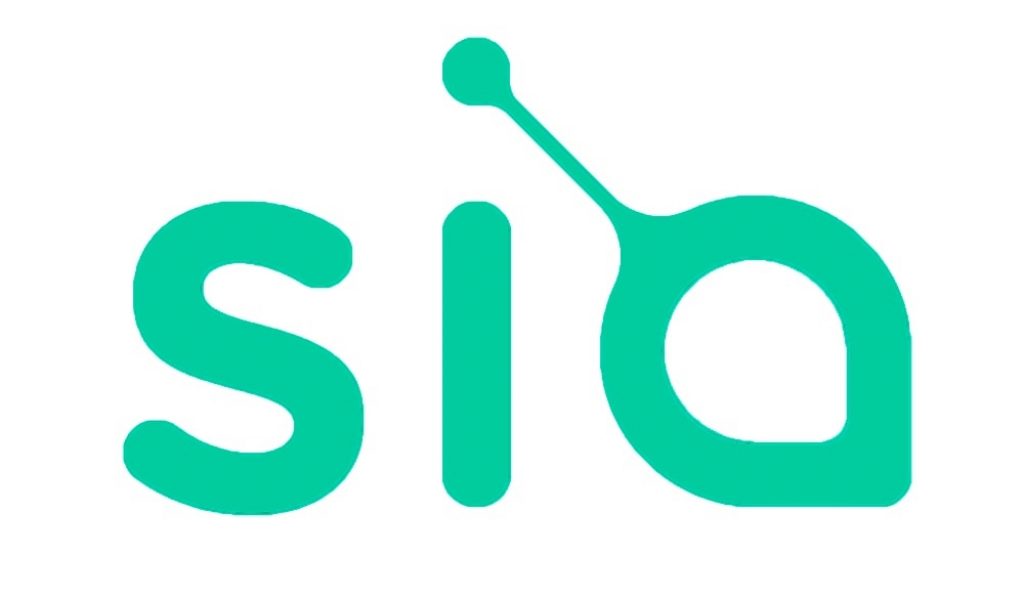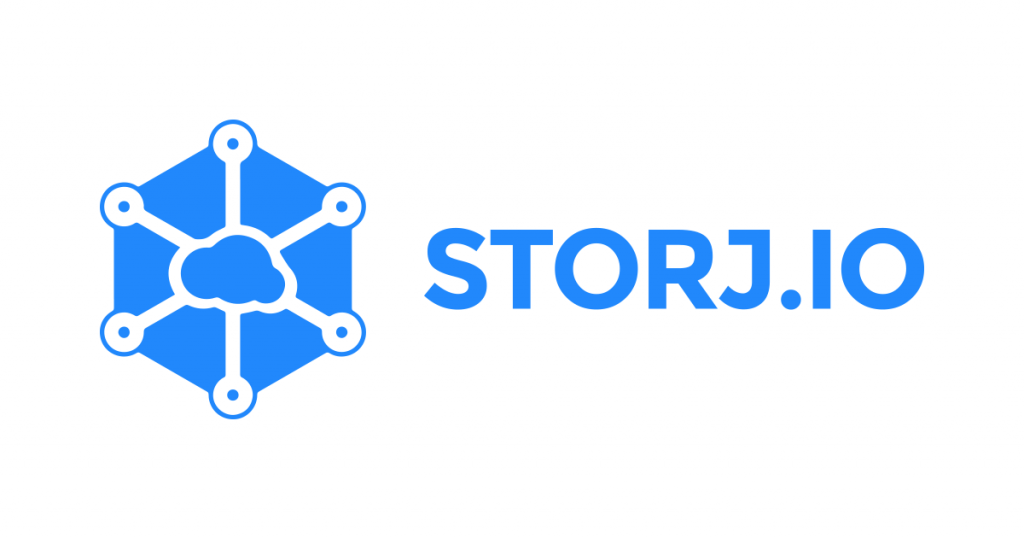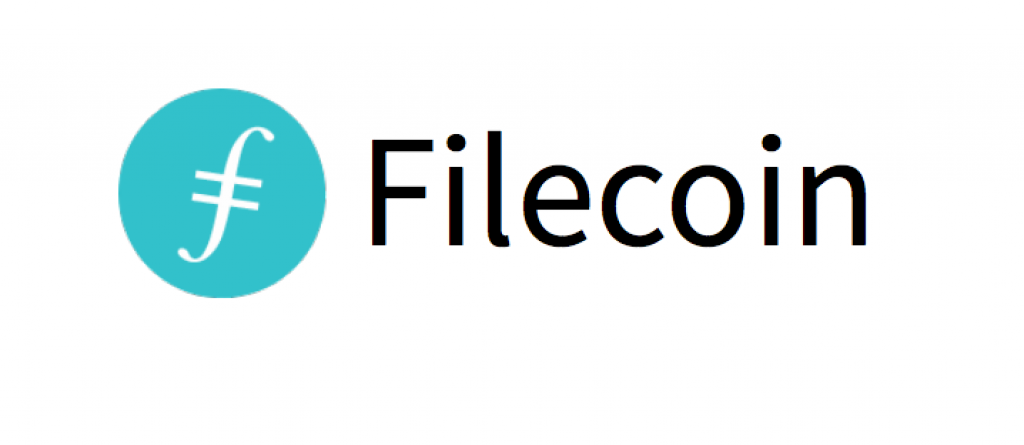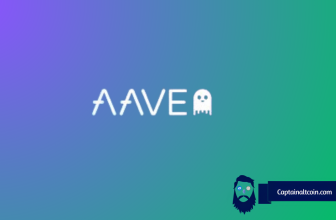
Among many ideas that have found their application on the blockchain, data storage and cloud computing seem to not be given the attention they deserve. These platforms provide great utility but are often times sitting in the shadows of the more hype-based projects. Decentralized data storage has many advantages over its centralized counterpart and coins like Siacoin, Storj and Filecoin are looking to capitalize on that. Mentioned advantages are mostly related to the safe storage of private data that these platforms offer.
Centralized storage options like Amazon or Google have the downside of being vulnerable to outside attacks. If the safety net that guards a centralized network is broken through, the entire data stash stored on that network is compromised and available to malicious players. Data stored on such networks is usually of sensitive nature and includes personal and financial details about people who use said networks. As this data can be dangerous in wrong hands, it is of utmost importance that it’s properly protected and stored in a safe way.
Read: Top decentralized storage cryptocurrencies
This is where decentralized blockchain based options shine. Networks based on the blockchain first encrypt the sensitive data and then break it apart and store the pieces on multiple locations (nodes). The process itself is called sharding and only the person holding the private key that was used to encrypt the data can access the data and review it in its entirety. Sharding does raise the question if the reassembled data is original. Errors in storing and reassembly are prevented through redundancy aka storage of extra copies of data on multiple nodes.
Other advantages of decentralized data storage include increased efficiency which can reduce prices. Blockchain storage costs around $2 per terabyte per month, compared with Amazon S3’s $25 per terabyte per month. Centralized networks have a lot of running costs that reflect in the pricing, decentralized ones do not. The transaction of data is faster and smoother. Finally, there is a cryptocurrency layer involved, with the platforms usually having a native coin used for powering the on-platform economy. These coins have clear utility as they can be used for purchasing data and data storage space on the platform.
Currently there are a couple of projects that are looking to bring data storage onto the blockchain, especially we are looking into Filecoin vs Storj vs Siacoin:
Siacoin

The OG of storage coins. Developed by Nebulous.inc, it provides an open source platform for development of decentralized cloud storage technology. The files on this decentralized network can be encrypted, split, stored and reassembled through private decentralized clouds built on top of it. Siacoin is used for on platform payments which are related to data storage and sharing.
Siacoin platform has the host store the files securely during a designated time and in a designated space. The host is compensated with the SC coins for doing his part of the deal. The deals are secured by file contracts, Siacoin’s form of smart contracts. This contract creates a specific set of rules which will be automatically enforced without the interference of any third party. Siacoin can be mined and bought on exchanges, besides being earned through providing storage space.
Siacoin is the best known storage coin out there. More than two years old, the platform has achieved the highest commercial adoption among its competition. Currently sporting a marketcap of $447,936,464 USD, SC’s circulating supply of 35,121,804,039 coins is currently traded at $0.012754 USD per coin.
Storj

Storj is another open-source decentralized cloud storage creating project that looks to offer a decentralized, safe and efficient way of managing your data. The platform is Ethereum-based, meaning that the STORJ token is just one of many ERC-20 standard tokens currently being traded on the crypto markets. The company recently migrated to the Ethereum ERC20 standard as it was previously operating on the Counterparty protocol on the Bitcoin blockchain.
Storj is a peer-to-peer network made out of farmers and renters. Farmers rent out their spare hard drive space and bandwidth, while renters are purchase said space and bandwidth using STORJ. The company claims this system is up to 10X faster and 50% less expensive than traditional datacenter-based cloud storage solutions.
Storj has a lot of ground to cover to reach Sia, as its current market cap of $76,900,693 USD isn’t anywhere near the levels of its counterpart. With a total supply of 424,999,998 STORJ tokens, each of them is currently traded for $0.566331 USD.
Filecoin

Filecoin is a coin that sits as the second layer of the IPFS (InterPlanetary File System) project, an open-source project designed to create a permanent, decentralized method of data storage and sharing. The network provides a decentralized hub on which people who have excess storage capacity can offer it to those in need of said capacity. Individuals and businesses pay to store data on storage provider’s hardware. These providers are called “miners” and are accompanied by “storage retrievers”, who are in charge of retrieving the stored data.
Filecoin utilizes a proof of storage concept (similar to PoW) to determine if a miner has actually conducted his storing/retrieving duties. The concept has two elements: proof of replication and proof of spacetime. Proof-of-replication is used by storage providers to show that they have stored a unique set of data to space it owns. Proof-of-spacetime enables storage providers to show that data has been stored over a specific period of time. This is done by requiring a storage provider to show sequential instances of proof-of-replication.
Filecoin completed its ICO in 2017, during which over $257 million USD was raised. The ICO sold so-called simple agreements for future tokens or SAFTs, in an effort to remain compliant with SEC regulations. It is somewhat of a shadow candidate to fight the “storage wars” with Sia and Storj. The coin is currently traded as futures and is valued at $7.25 USD.






